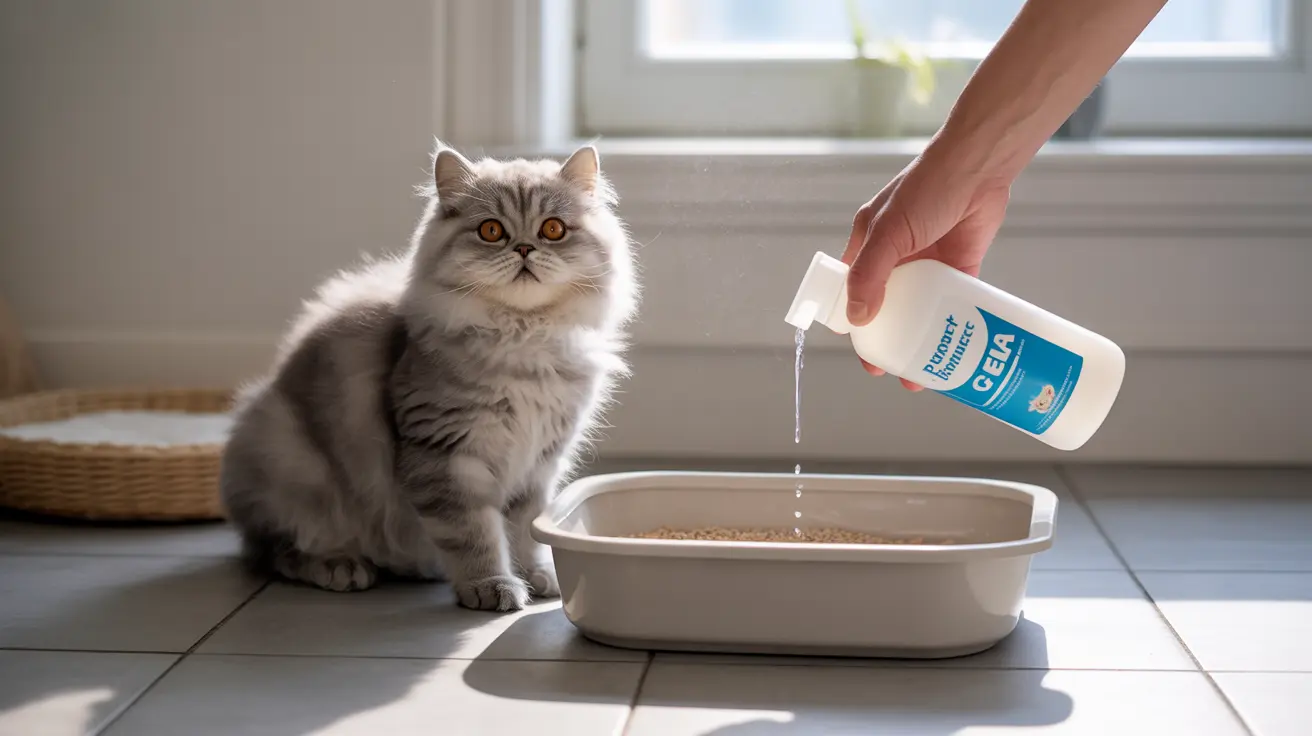Essential Cleaning Supplies and Protection
Before beginning the cleaning process, gather these important supplies:
- Disposable gloves
- N95 mask or face covering
- Disposable cleaning cloths
- Pet-safe disinfectant
- Hot water and detergent
- Vacuum with HEPA filter
- Steam cleaner (if available)
- Sealed garbage bags
Initial Cleaning Protocol
Start by isolating your infected cat in an easily cleanable room to minimize contamination spread. Focus first on areas your cat frequents most:
Litter Box Sanitation
Clean the litter box daily using hot water and pet-safe disinfectant. Dispose of contaminated litter in sealed bags and thoroughly scrub the box itself. Consider using disposable litter box liners for easier cleaning during the treatment period.
Bedding and Fabric Treatment
Wash all pet bedding, blankets, and removable fabric covers in the hottest water setting possible. Add a pet-safe sanitizer to your wash cycle to help kill worm eggs. Dry items on high heat when possible.
Deep Cleaning Your Living Space
Floor and Surface Disinfection
Thoroughly clean all floors, focusing especially on areas where your cat spends time. Use a pet-safe disinfectant and ensure proper dwell time for maximum effectiveness. For carpeted areas, vacuum thoroughly and consider professional steam cleaning.
Furniture and Upholstery Care
Steam clean upholstered furniture when possible, as regular vacuuming alone may not remove all worm eggs. For non-washable items, use appropriate fabric sanitizers and ensure thorough drying.
Ongoing Maintenance and Prevention
Maintain a rigorous cleaning schedule throughout your cat's treatment period:
- Daily litter box cleaning and disinfection
- Regular vacuuming of all floors and furniture
- Immediate cleanup of any accidents
- Weekly washing of pet bedding
- Regular hand washing after pet contact
Frequently Asked Questions
How do I properly clean my cat's litter box after a worm infection?
Clean the litter box daily using hot water and pet-safe disinfectant. Remove all waste and old litter, scrub thoroughly with disinfectant, rinse well, and dry completely before adding fresh litter. Always wear gloves during cleaning.
What protective gear should I wear when cleaning my home if my cat has worms?
Wear disposable gloves, an N95 mask or face covering, and consider using disposable cleaning clothes or aprons. This protection helps prevent accidental exposure to worm eggs during cleaning.
How can I disinfect my house to remove worm eggs from carpets and furniture?
Use a combination of thorough vacuuming with a HEPA-filter vacuum and steam cleaning for best results. For non-washable surfaces, use appropriate sanitizing sprays and ensure proper ventilation during cleaning.
What household items and areas should I wash or steam clean when my cat has worms?
Focus on washing all pet bedding, toys, and fabric items your cat contacts. Steam clean carpets, upholstery, and any soft surfaces where your cat spends time. Clean and disinfect hard surfaces, including floors and furniture.
How often should I clean and treat my home environment during and after my cat's worm treatment?
Clean high-contact areas daily during treatment, including the litter box and feeding areas. Maintain thorough cleaning for at least several days after completing the deworming treatment. Continue regular cleaning and preventive measures afterward.
Conclusion
While dealing with a worm infection in your cat requires diligence, following these comprehensive cleaning protocols will help ensure successful treatment and prevent reinfection. Remember to maintain regular veterinary check-ups and preventive treatments to keep your cat healthy and your home worm-free in the future.






